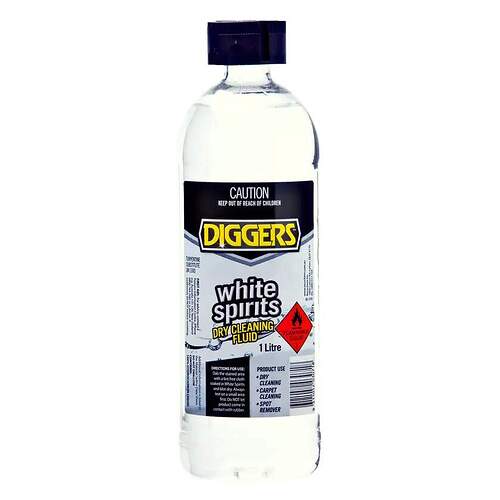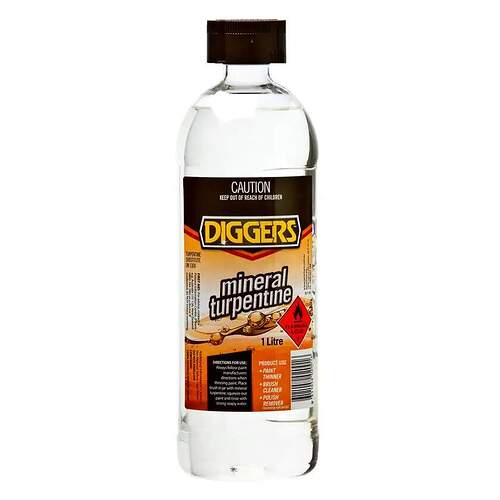Afternoon Folks
Just after a bit of clarification on the different terminolgy used from country to country for thinners for oil washes and and filters.
Here in Australia i have previously used the Ammo/AK brands of thinners for washers and also artists turpentine.
My confusions starts when you see post and youtube videos from the US that use white spirit is that the same as turpentine or a whole different thing. Sorry if I can’t explain it better.
Just looking to see what products I can by from the local hardware shop that will do the same job.
Cheers
Pretty much the same thing here mate. White Spirit is now known as White Spirit, but it used to be 'Dry Cleaning Fluid":
Turpentine is Turpentine:
the above available from Bunnings, Mitre 10, etc.
However, the hardware kind is a tad harsher than Artist Turpentine and Odourless Turpentine.
Thanks mate, yeah didn’t know if the white spirit we see at the big green shed is the same as what is being talked about overseas or i should just stick to artist turps.
Cheers
A word of caution. (I’m Australian also). I have looked at and bought from the big green shed also. Without doing some tests to refresh my memory be careful with Turps. it can be very oily.
Yes, white spirit is definitely the better option of the two.
Mineral turpentine is a petroleum distillate. Natural turpentine is distilled from pine trees. Both are used as paint thinners, but there are differences in cost, odor, paint solubility, drying time, residue, toxicity, flash point, etc.;
Sorry for the imbedded cheesy advertising… ![]()
Wikipedia gives a handy overview of what White Spirit is called in different places
Whatever I use, I tend to avoid hardware stuff and prefer artist’s (or modelling) thinners. Although more expensive, for me a 200ml bottle can last a couple of years and the cost per model is not worth the risk of ruining weeks/months of work.
Regardless of what others say, show, describe and use
the individual modeller needs to check and find the
stuff that works for his/her situation.
The same generic name can be used by different brands
on the same market and the contents of the bottles can vary
between brands and even between production batches.
More variation with cheap stuff and less variation with
quality brands (see posts above).
General rule: TEST. IT. FIRST
i.e. before ruining a lot of work.
Solvent/Thinner may seem to thin paint but after a while destroy it.
Test by placing a small drop of paint on a hard surface (glass with a
contrasting paper underneath). Add the thinner to be tested.
The thinner is good if the paint thins out to a haze without forming little clots.
Paint clots = no good.
Thinners for washes: make a test piece with the same procedure as the model,
test the wash on the test piece and check for any bad reactions.
If it is cheap stuff the tests should be repeated for each new bottle/canister/container
What Uncle said - in Oz white spirit…but turps is OK a slice of lemon & soda
Yes, always try !
I used AMMO Enamel Odourless Thinner instead of common White Spirit to thin Humbrol Enamel paint and it turned creamy…
Eric
Humbrol requires balsam turpentine (the stuff distilled from pine trees), don’t ask me how I know …
The balsam turps can sometimes recover Humbrol that has turned to jelly.
Powerful stuff, and smells nice too, even if my wife doesn’t like it …
There is also a difference between white spirits and “artist grade” white spirits. Artist grade have less impurities. Or so I am told. As others have said: test first.
Thank you for your feedback.
Cheers
As long as the turps is cold then youll be ok!
The more up market connoisseur prefers Metho… so I am told…
Chilled with a dash of OJ.
Like a Zombie cocktail…with the rum substituted ![]()

